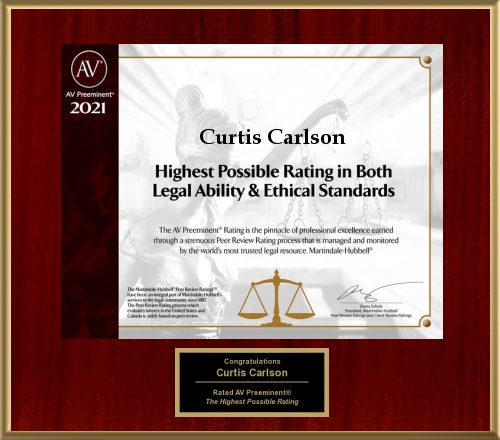Florida Broker Fined and Suspended for Excessive Trading
Sean P. McCabe (CRD #5479643) is a registered securities broker. Mr. McCabe is listed by the Financial Industry Regulatory Authority (FINRA) as a resident of Palm Beach County, Florida. Since March of 2020, he has been a representative of Network 1 Financial Securities. In January of 2025, FINRA suspended Mr. McCabe for three months for excessive trading. Here, our Miami unsuitable investment lawyer provides a more comprehensive overview of the FINRA enforcement action.
Broker Sanctions: Sean P. McCabe of Network 1 Financial Securities
FINRA took enforcement action against Sean P. McCabe of Network 1 Financial Securities for violation of industry regulations. Specifically, Mr. McCabe was accused of recommending a high frequency in-and-out trading to a customer. In one striking example, Mr. McCabe advised the investor to sell a position he had recently opened even when the price had not materially changed and there was no major news related to the stock. Trades were deemed excessive.
Without admitting or denying any of the specific allegations that were raised against him, Sean P. McCabe consented to FINRA’s proposed penalties. Among other things, the sanctions include a three month suspension from the securities industry, a $5,000 fine, and payment of $19,275 in financial restitution to the affected investor. The suspension ends in April of 2025.
What is Excessive Trading?
Excessive trading is sometimes referred to as churning. It occurs when a broker engages in frequent buying and selling of securities in a client’s account primarily to generate commissions, rather than to serve the client’s best interests. It is a practice that can lead to major financial losses for the investor while benefiting the broker through increased fees. FINRA classifies excessive trading as unsuitable investment recommendations.
Excessive Trading Can Be Quantitatively Unsuitable
Excessive trading is considered quantitatively unsuitable when the frequency and volume of transactions in an investor’s account are disproportionate to their investment objectives and financial situation. As a general rule, FINRA evaluates this by assessing factors such as the turnover rate—how often the portfolio is bought and sold—and the cost-to-equity ratio—the percentage of an account’s value lost to trading costs.
For example, suppose an investor with a moderately conservative risk tolerance deposits $100,000 into their brokerage account. If their broker executes $500,000 worth of trades within a year—resulting in a 5.0 turnover rate and a 20 percent cost-to-equity ratio—the investor would need to earn at least a 20 percent return just to break even. That is very high and difficult to achieve. Even a relatively strong performance would result in a loss for the investor due to high fees.
Contact Our Miami Excessive Trading Attorney Today
At Carlson & Associates, P.A., our Miami unsuitable investment lawyer has the skills and experience to take on all types of excessive trading cases. If you suffered major investment losses due to excessive trading, we are here to help. Contact us today for a private case review. With an office in Miami, we represent investors throughout the wider region.
Source:
brokercheck.finra.org/individual/summary/5479643














